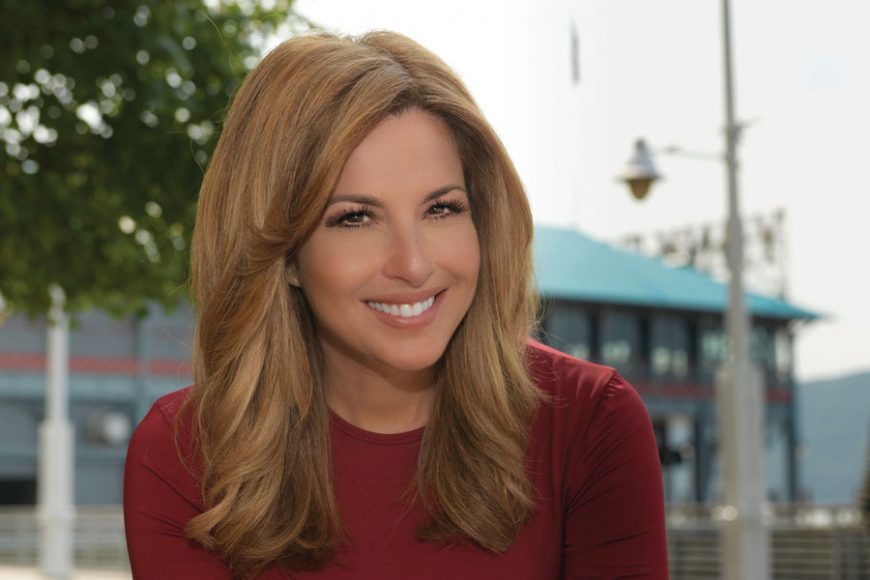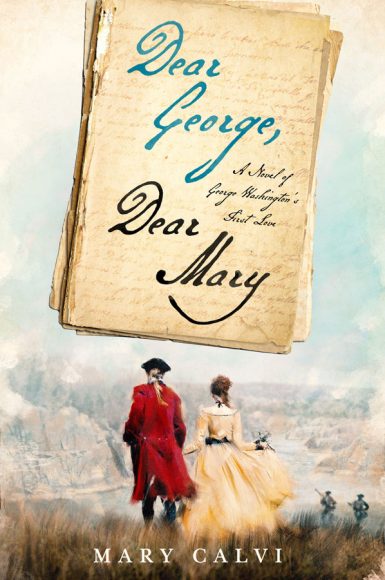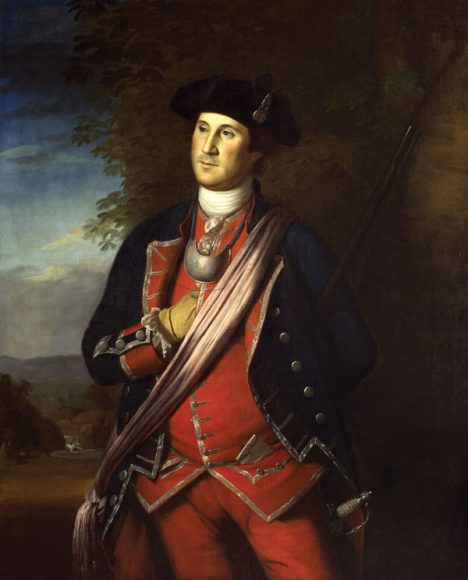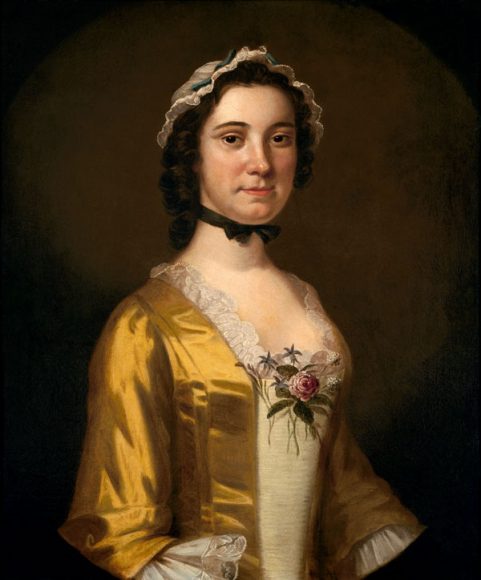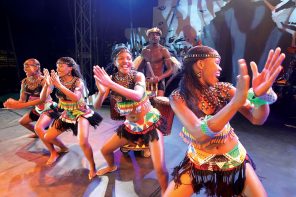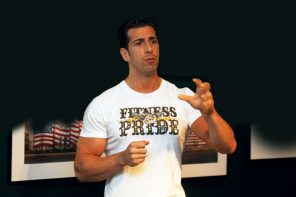Ah, February — when our thoughts turn to the Founding Fathers and Valentine’s Day.
We celebrate Presidents’ Day in part to honor our first leader, George Washington, born Feb. 22, 1732 in Wakefield, Virginia.
One of the most revered men in our country’s history, Washington led the Continental Army to victory over the British, ensuring independence for a young nation. His firm, flexible hand at the till during two terms as our first president — then willingness to relinquish power — secured his place as a hero and legend who was “First in war, first in peace and first in the hearts of his countrymen.” But what about first in love? Who was Washington’s first Valentine?
Mary Calvi may have found the answer. An Emmy Award-winning WCBS-TV anchorwoman and reporter, Calvi is also the first lady of Yonkers (as wife of Mayor Mike Spano) — a city that is home to historic Philipse Manor Hall, whose spirited heiress, Mary Eliza Philipse, would be courted by a dashing Col. Washington.
Though the story has been the stuff of local legend to history buffs, the missing details piqued Calvi’s curiosity enough for her to pore over thousands of letters, witness accounts, journal entries and Washington-related publications. The result is her debut book, “Dear George, Dear Mary: A Novel of George Washington’s First Love” (Feb. 19, St. Martin’s Press; 322 pages), in which she offers a tale of real-life star-crossed romance.
In February 1756, Washington received an invitation, sent by childhood friend Maj. Beverley Robinson, to visit New York for the first time. Arousing his interest was the presence there of Mrs. Robinson’s unmarried sister, Mary Eliza Philipse, a well-known beauty. The 24-year-old, newly appointed colonel set out on a 500-mile journey that would change both their lives.
Elegant, cultured and sophisticated, Philipse was one of the richest woman in the colonies, one who could ride from one end of the family property at Philipse Manor Hall to the other at Philipsburg Manor in Sleepy Hollow.
The “belle of the North” was instantly taken with the handsome and gallant Washington. “He stood tall and strong, a striking figure in his azure waistcoat with its golden accents at the shoulders,” Calvi writes. “For her entire life, Mary had waited not for someone like him, but him.”
As for Washington, he was enchanted by the erudite Philipse. “He decided right then and there he had never met a lady like her before. He wondered if men lost portions of their heart to her before. Each day spent with her he relished. Her ease in conversation. Her intelligence. For that and so many other reasons, he was succumbing to love’s passion.”
But as we all know the path of true love never did run smooth. A short time later, Washington is called away for duty. Their relationship must endure separation and diabolical forces outside themselves that do not approve of a union between the revolutionary-minded Washington and a daughter of the Loyalist Philipse family. On the eve of the American Revolution, their lives take unexpected turns. And the rest is history.
Throughout the novel, we are transported back in time as Calvi sweeps from 18th-century drawing rooms to bloody battlefields. As much of the story is set in the lower Hudson Valley, WAG readers will see local history illuminated with new dimensions. Calvi has resurrected these men and women from the pages of history and revealed they were real flesh and blood with passions and pursuits that history has left largely untold.
Recently, she took time to share her thoughts:
How did your roles as a reporter and first lady of Yonkers inform your research?
“If not for my husband’s inauguration as mayor of Yonkers, this story may never have been found. You see, when Mike was having the inaugural ceremony at Philipse Manor, I mentioned to him that we may want to further research local lore that George Washington once courted one of the Philipses’ daughters. When I couldn’t find the information initially, I decided to dig deeper. Using my journalism skills, I intensively researched the records for years, digitally and physically, until I found the stunning details.”
What surprised you most about George and Mary’s Story?
“That a courtship even existed was my first surprise. That she was part of the discussion of biographers in the 1700s and 1800s amazed me. Authors like Washington Irving, Jared Sparks and Woodrow Wilson spoke of Washington’s admiration for the heiress as historic fact. Certainly, her name has disappeared, but as Washington once wrote, ‘Truth will ultimately prevail where there is pains to bring it to light.’”
The story is so rich and layered, was there much to edit?
“Much of the documentation throughout the book was trimmed to make the storyline move. While I wanted to use the full letters, journal entries and publications, I also needed to keep tuned to the fact that this was a novelistic look at their relationship.”
What do you hope readers take away from this novel?
“In the end, I hope readers take a closer look at Mary Eliza Philipse’s life. Here was a woman whom I believe was terribly wronged by history. I found her true story devastating. What happened to the entire Philipse family should be revisited and reviewed. It may have taken centuries, but my hope is that the details of deception and vengeance in 1700s New York will finally be revealed.”
Can we look forward to a second novel?
“With certainty. Researching history and weaving a novel around historic documentations thrilled me.”

